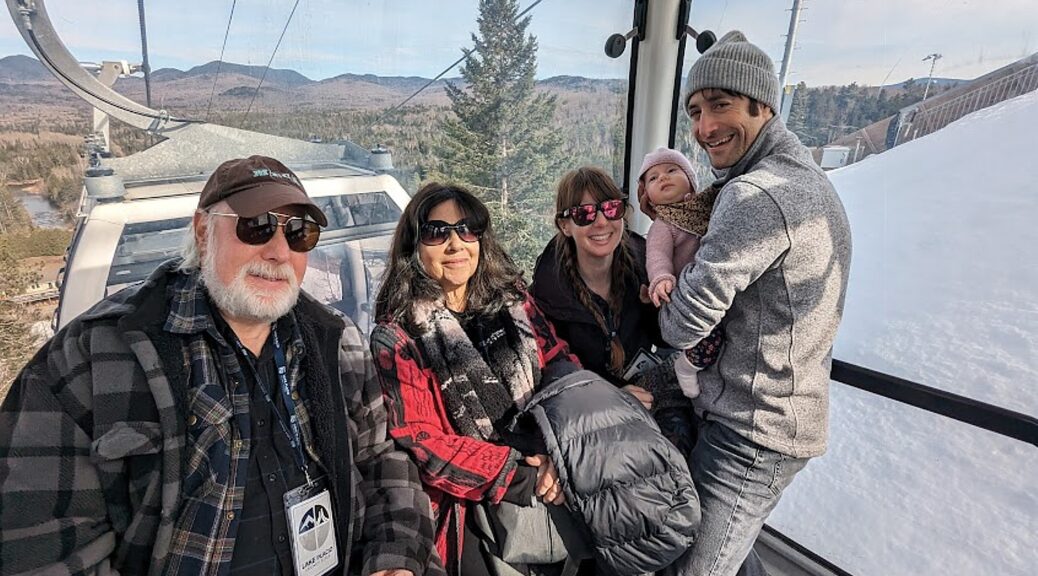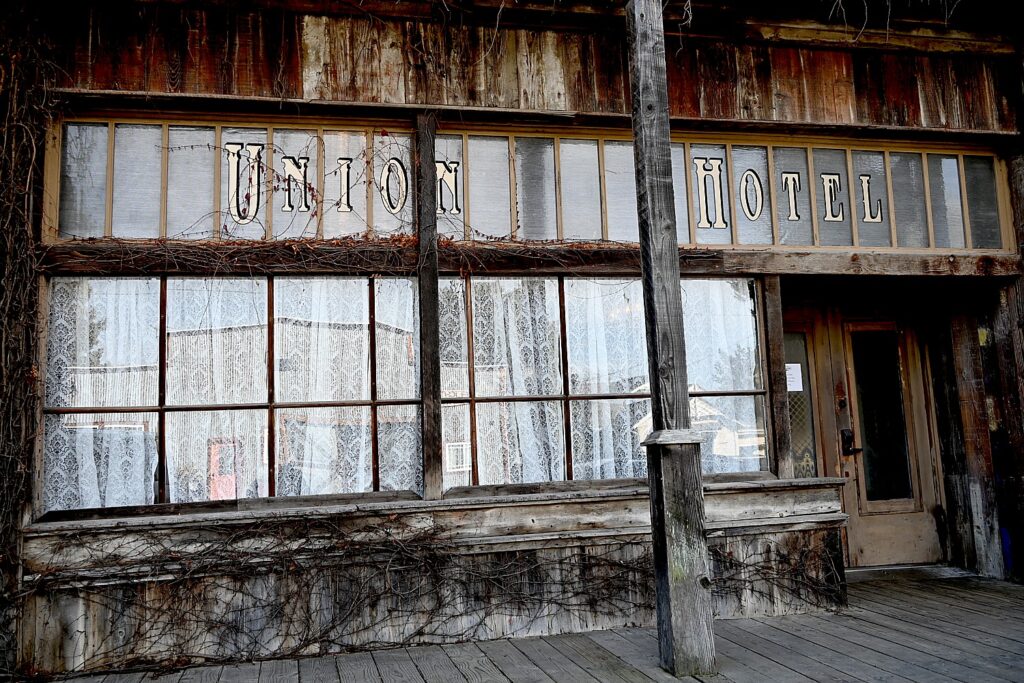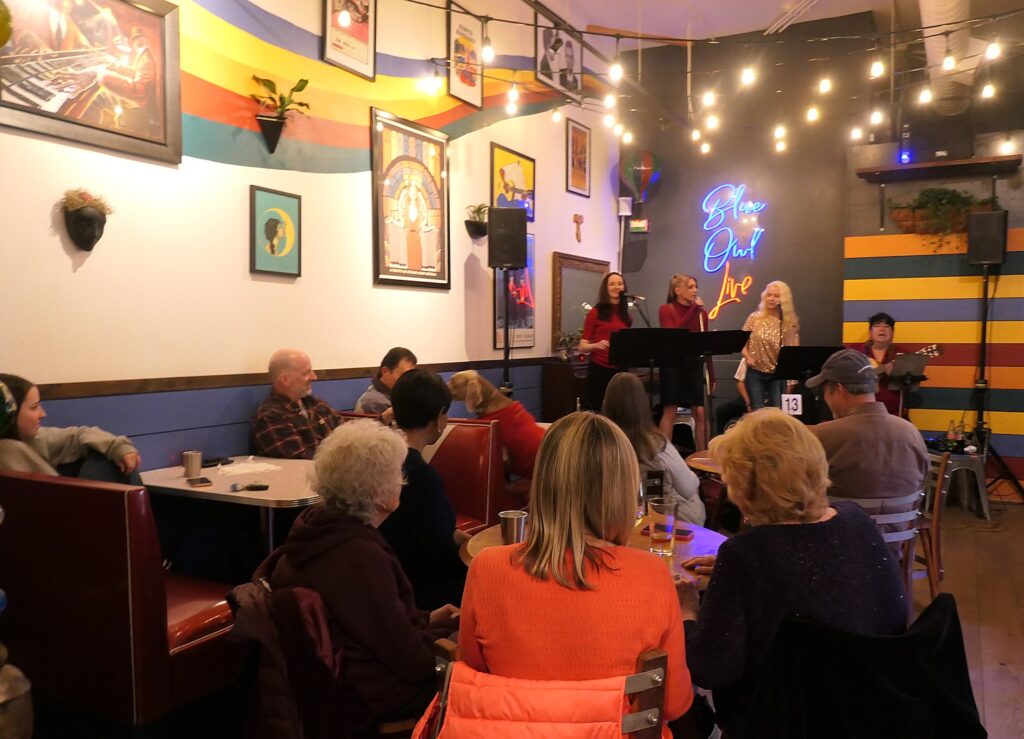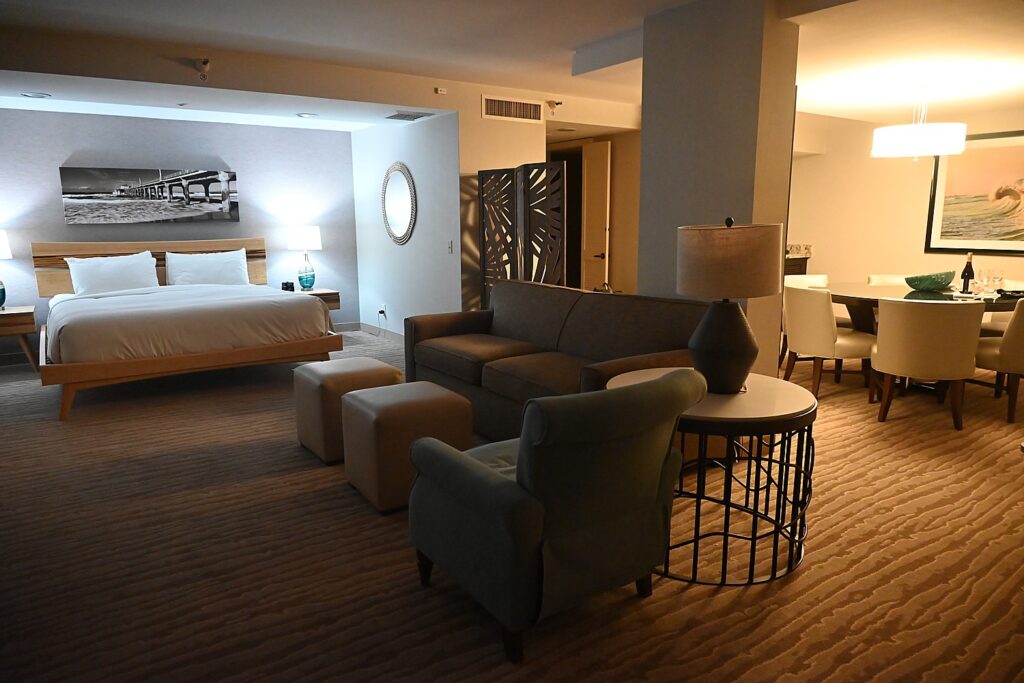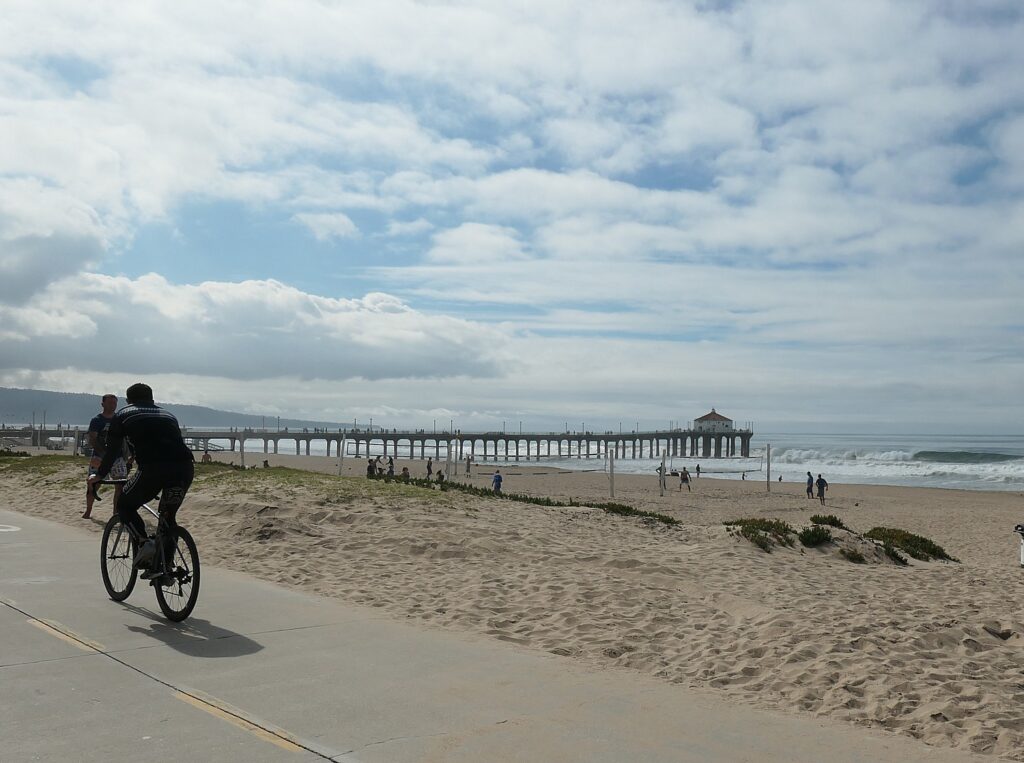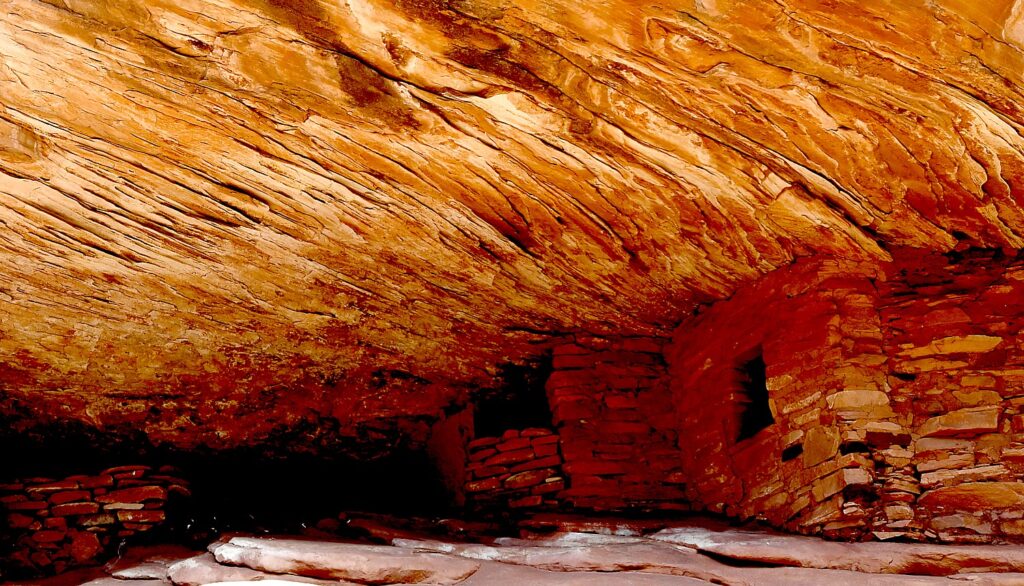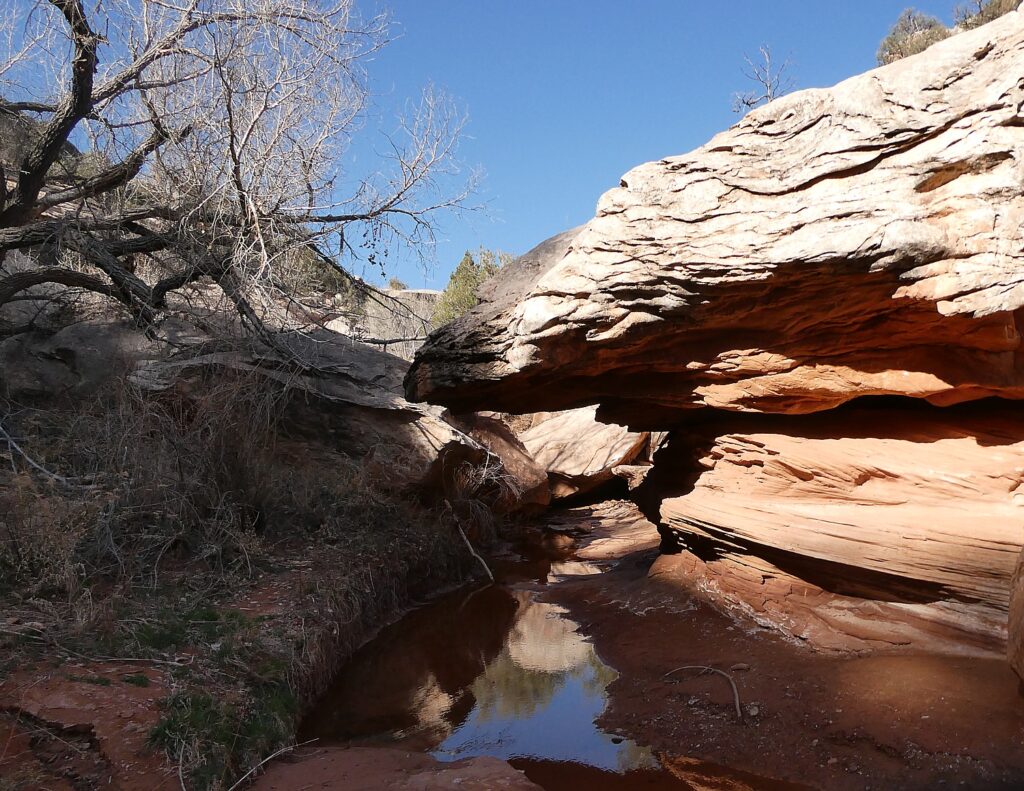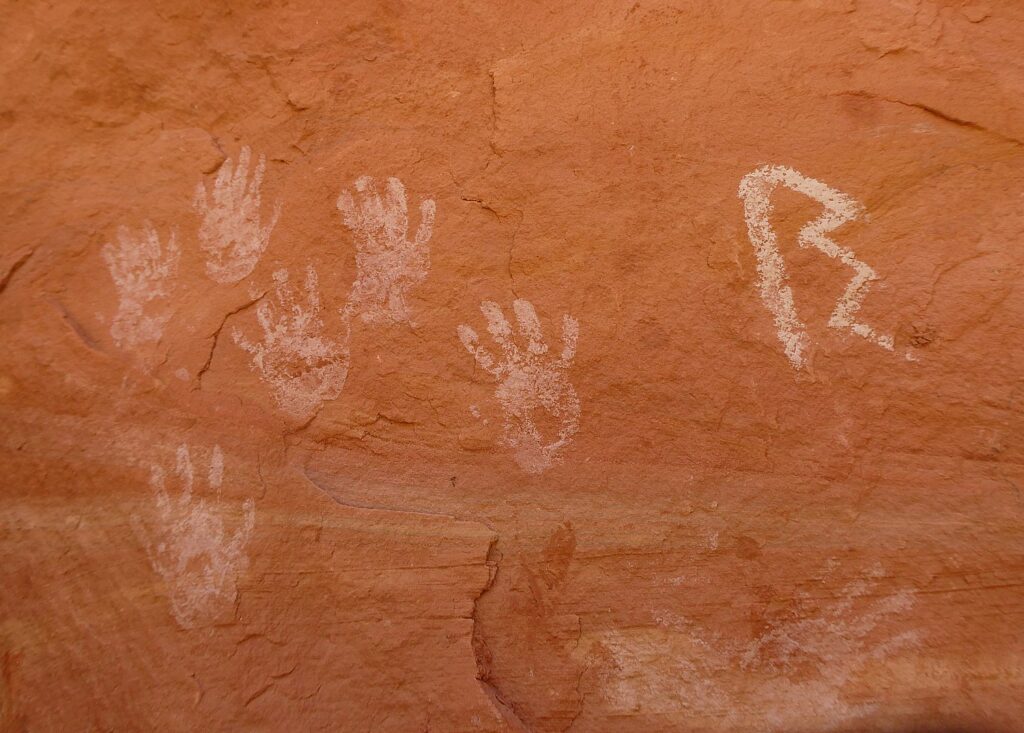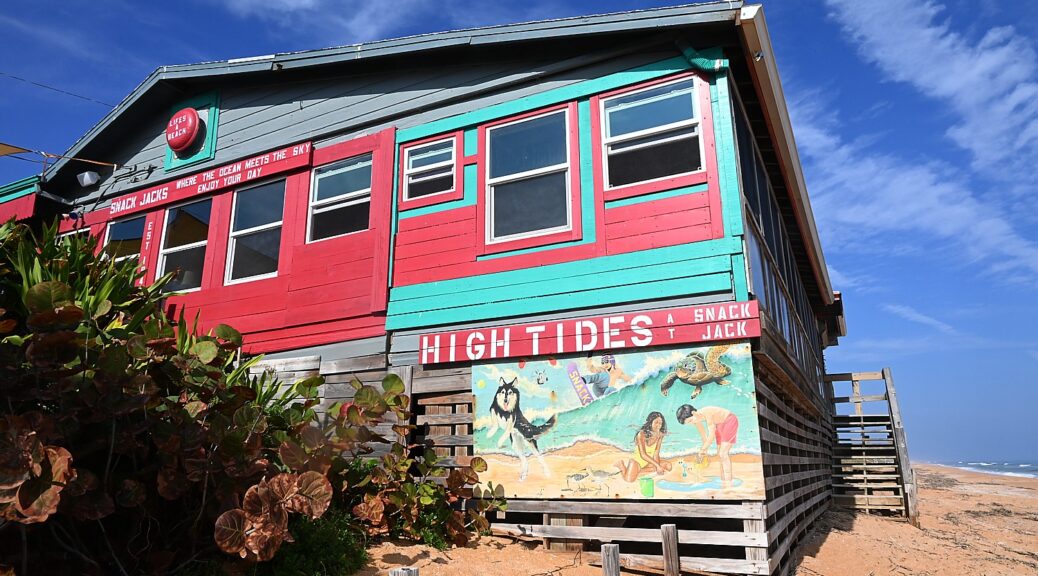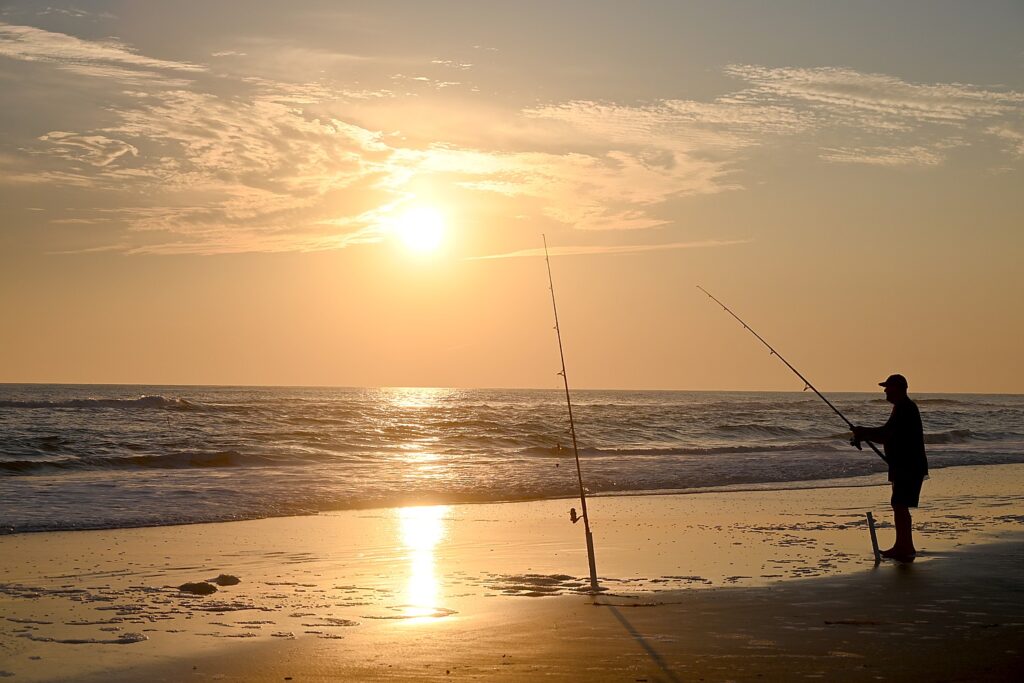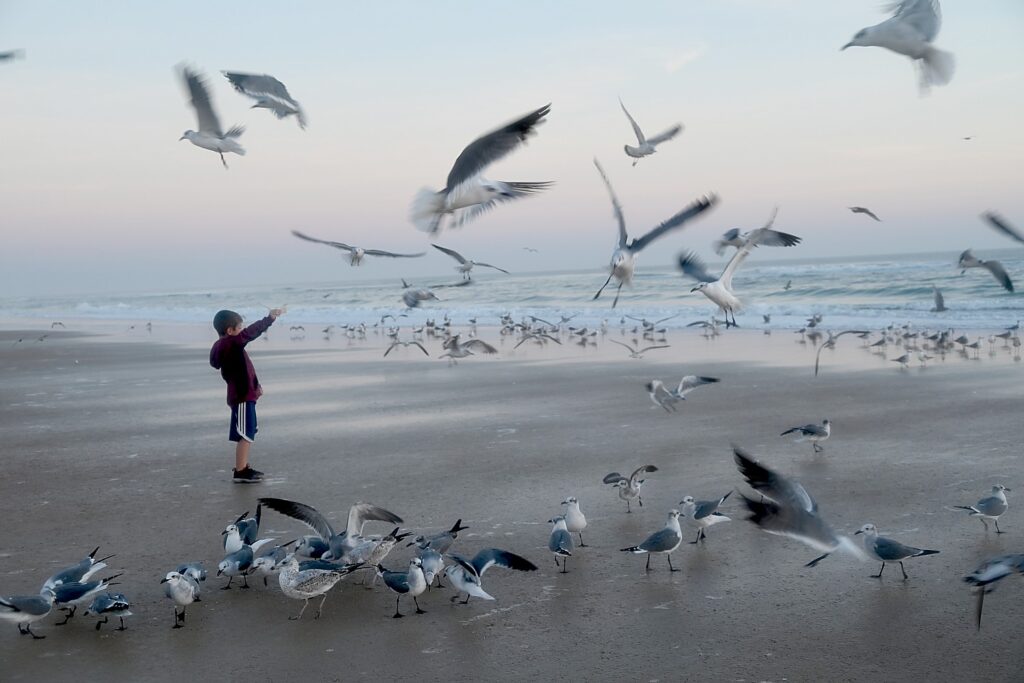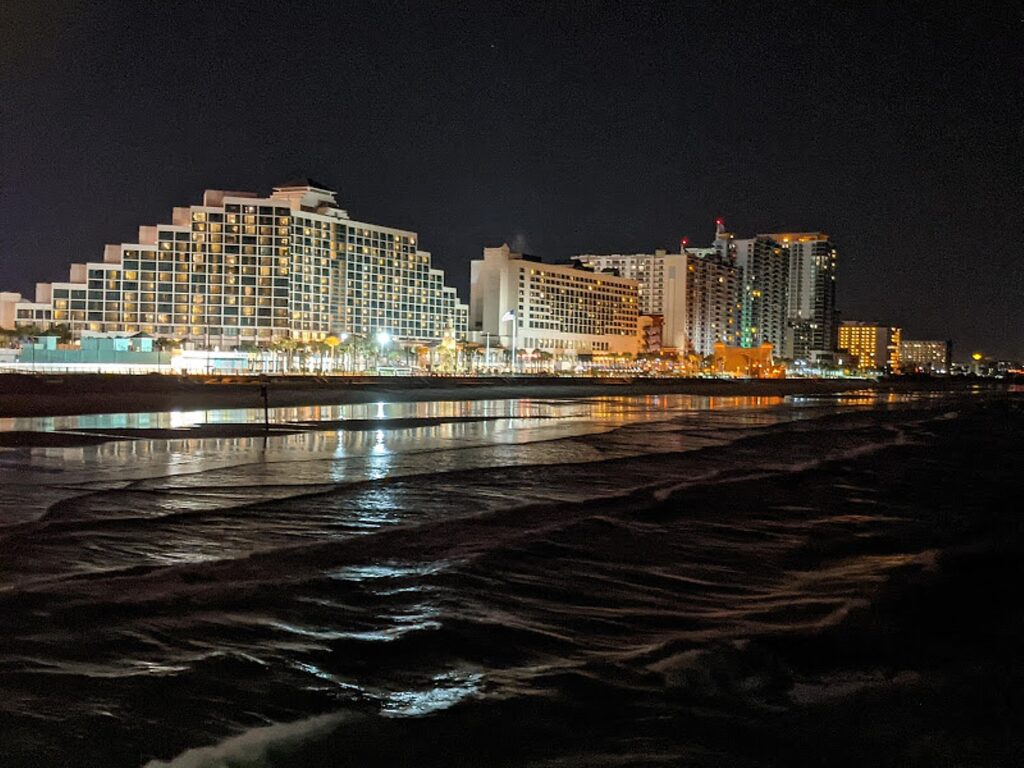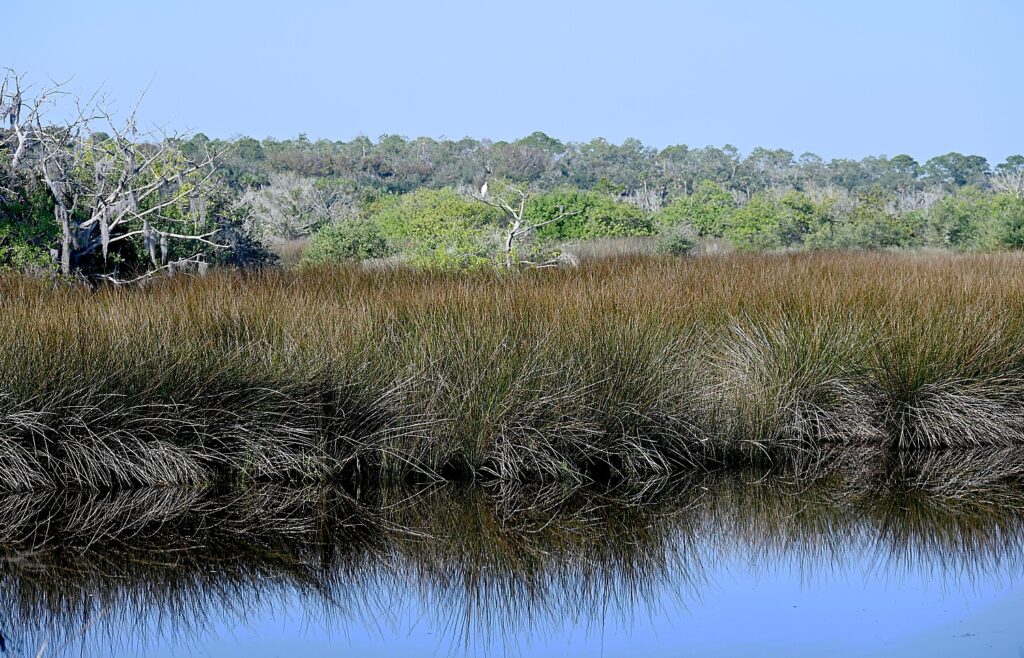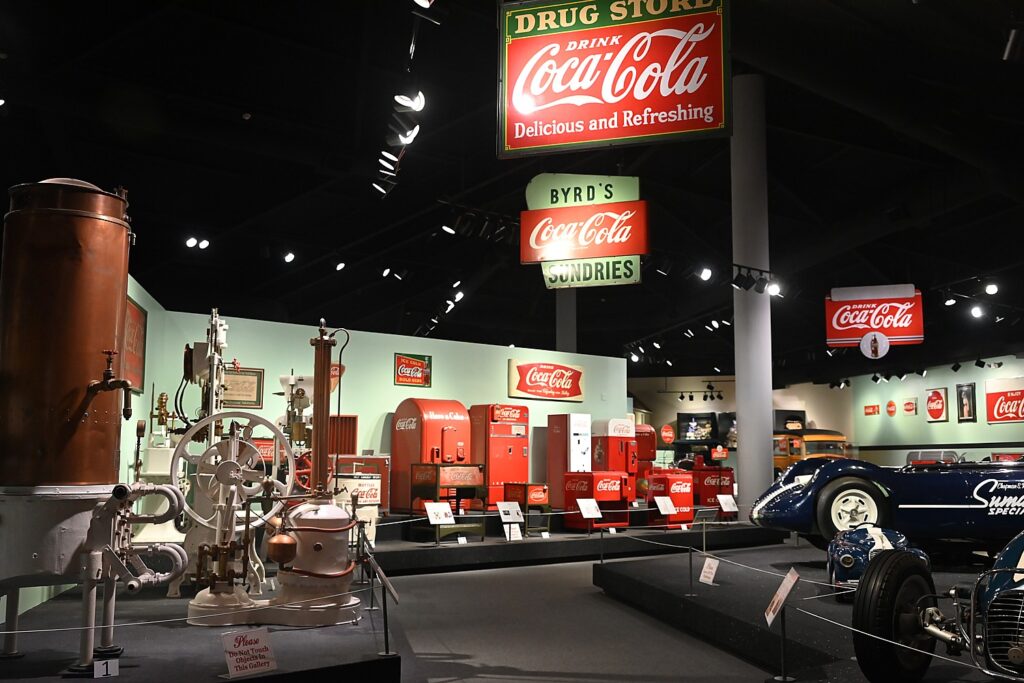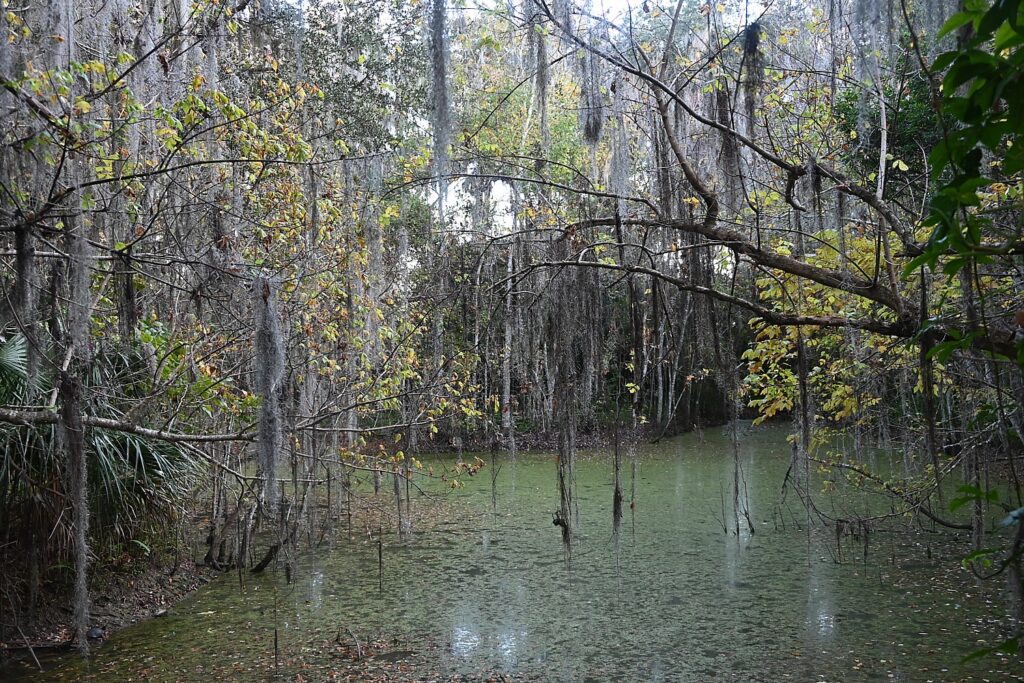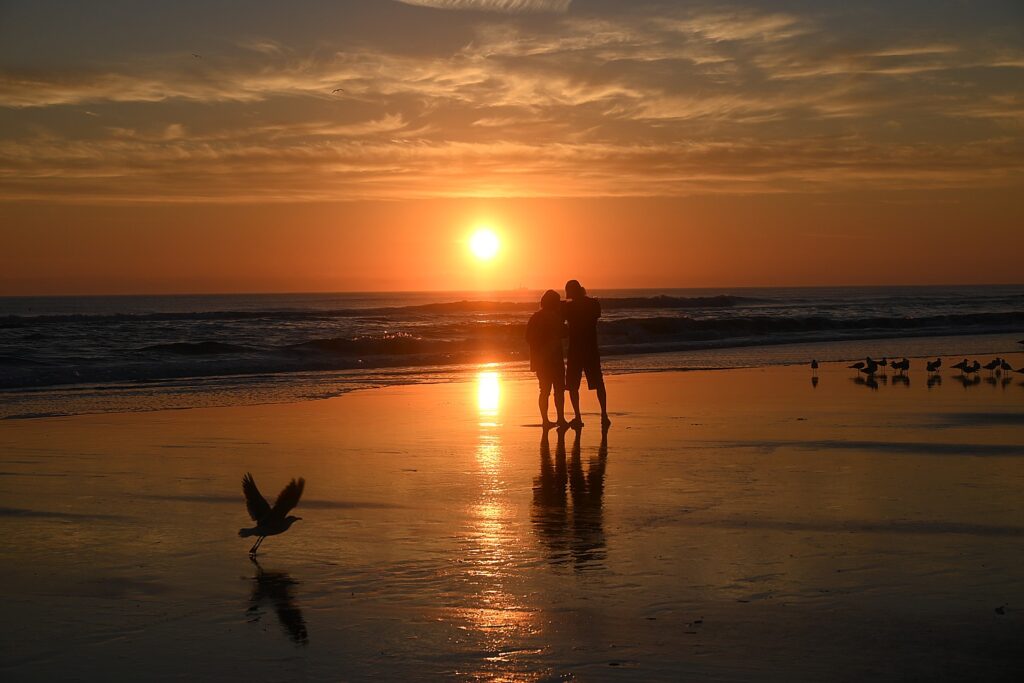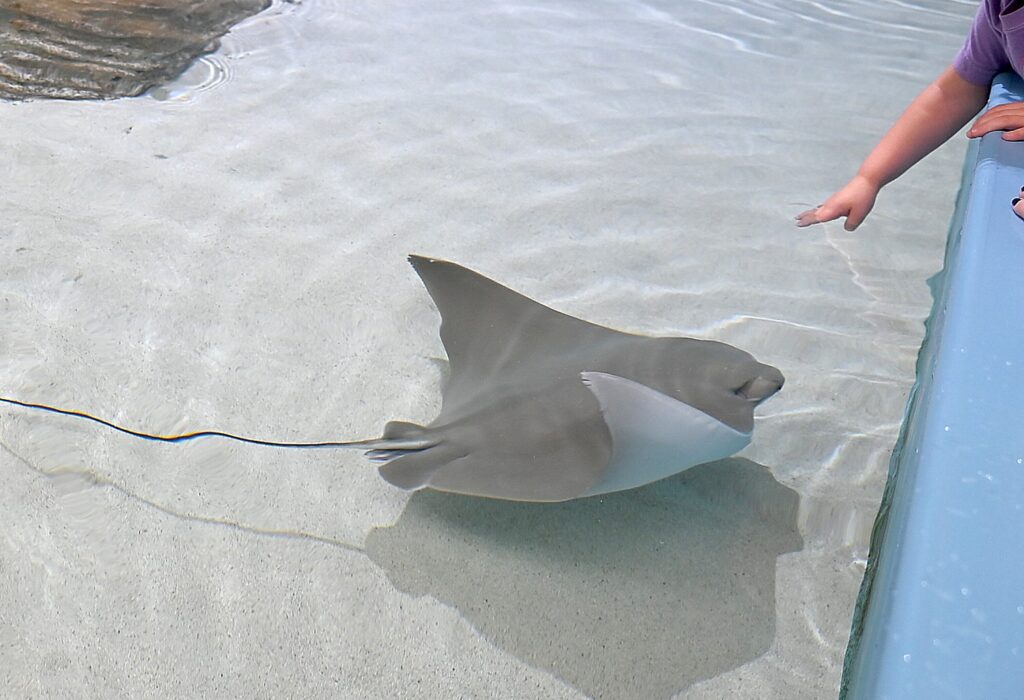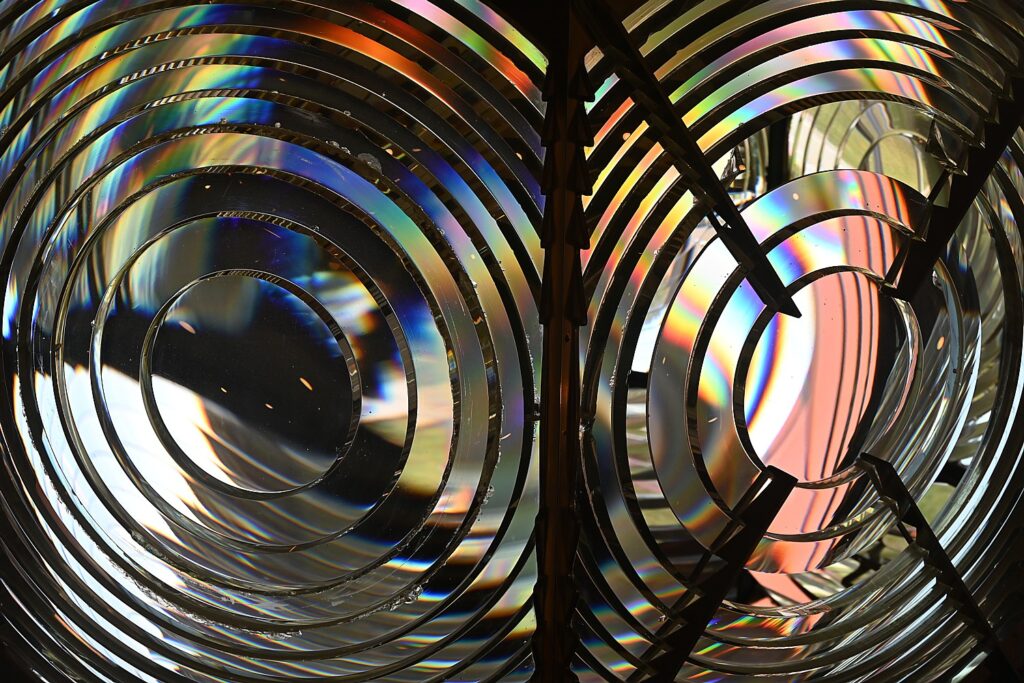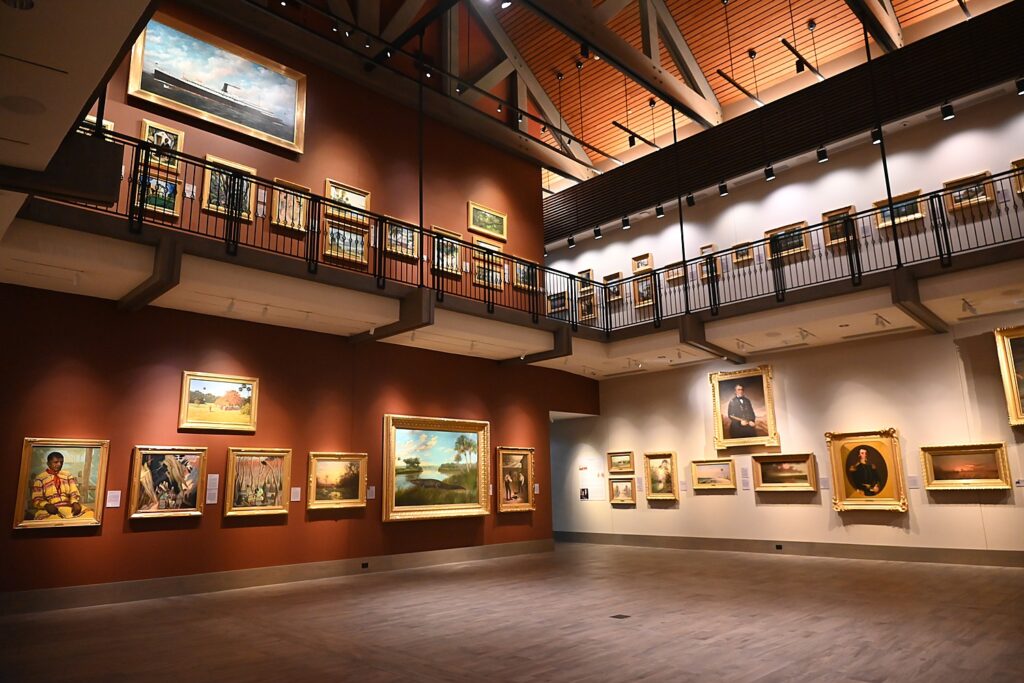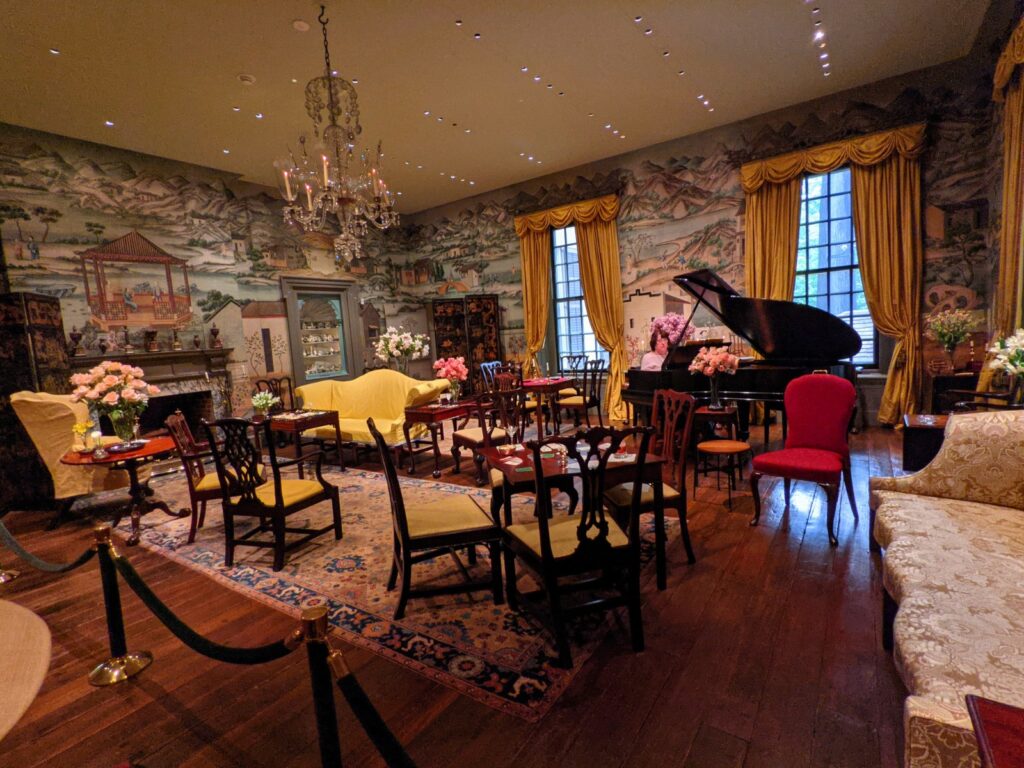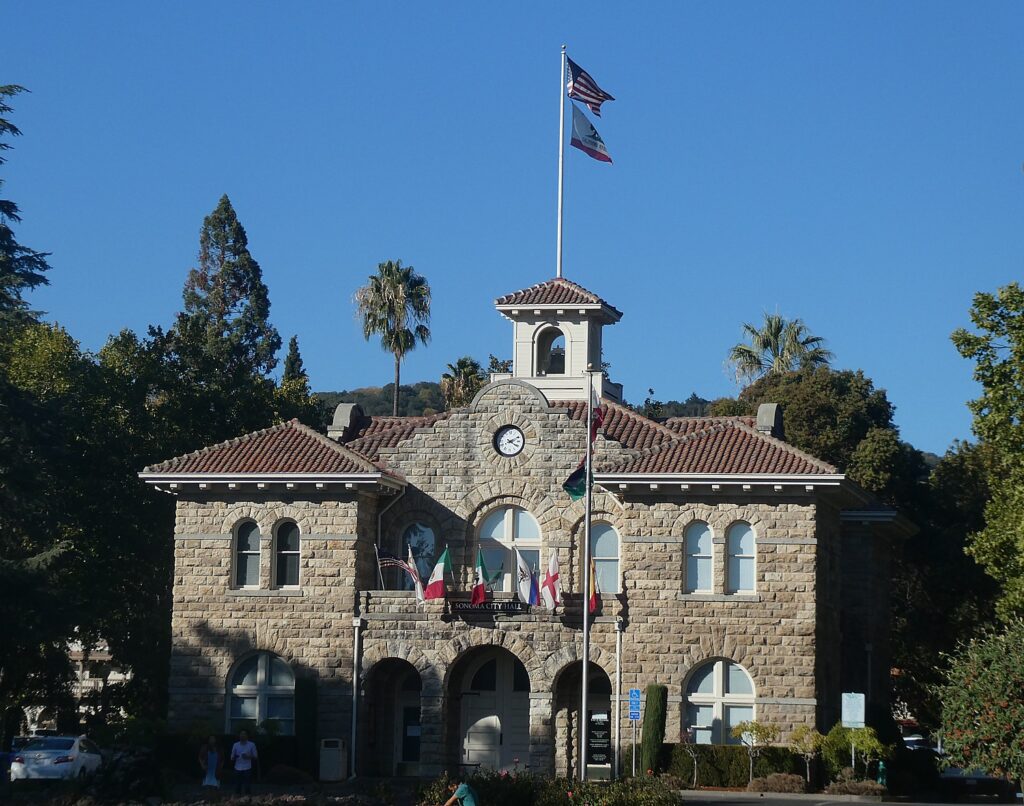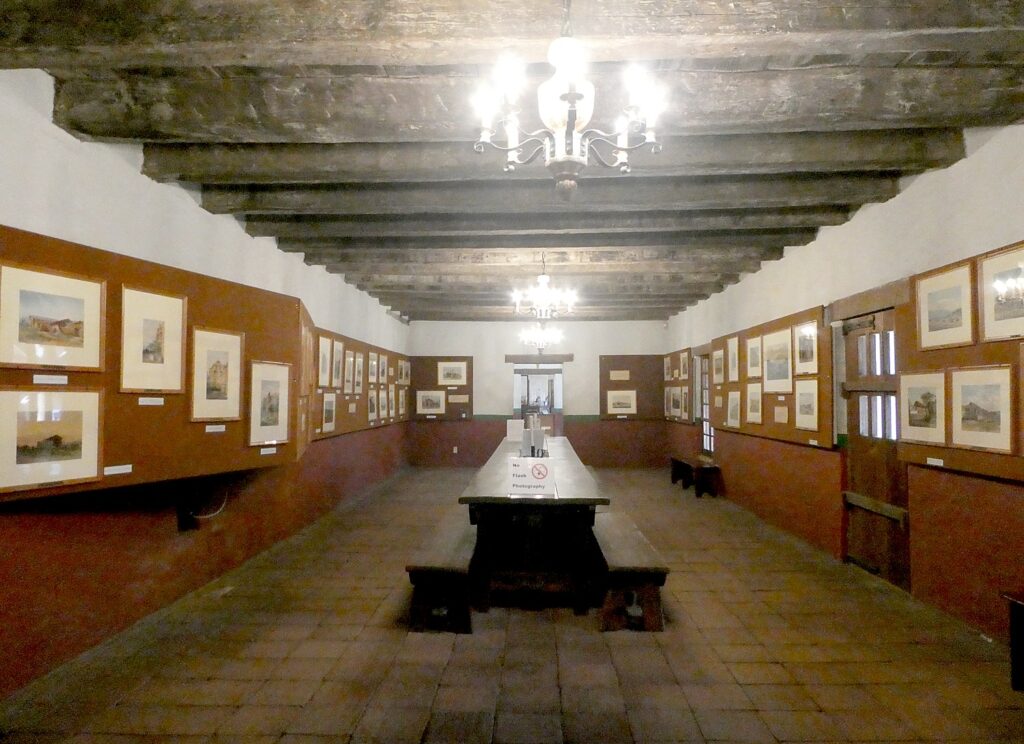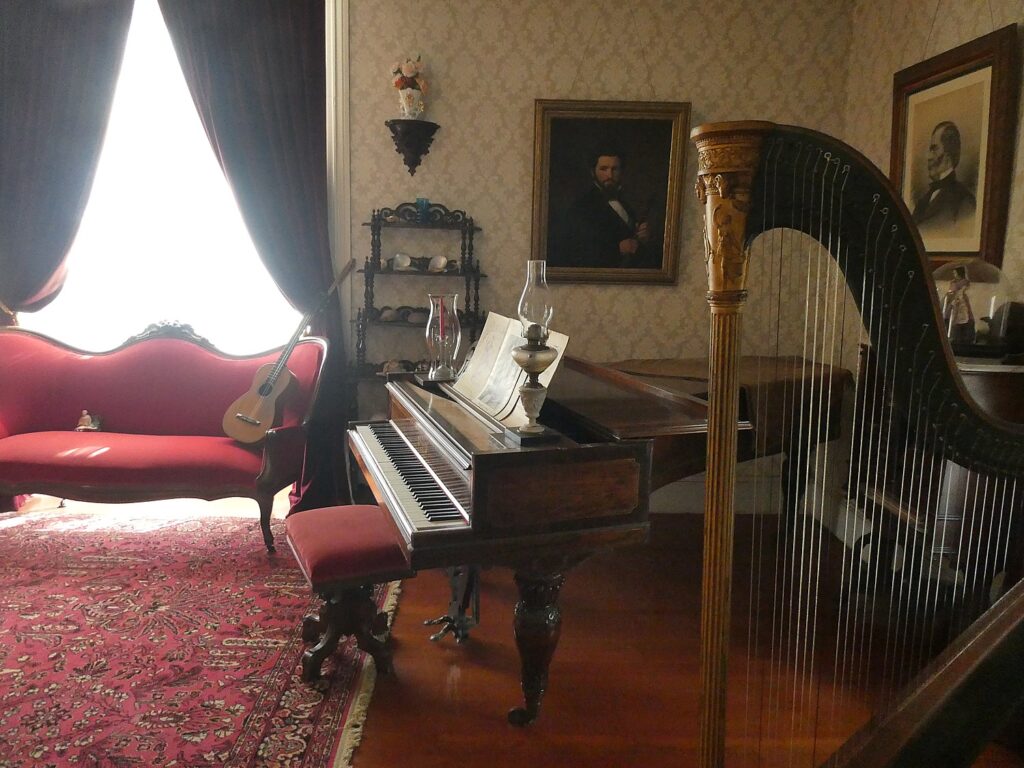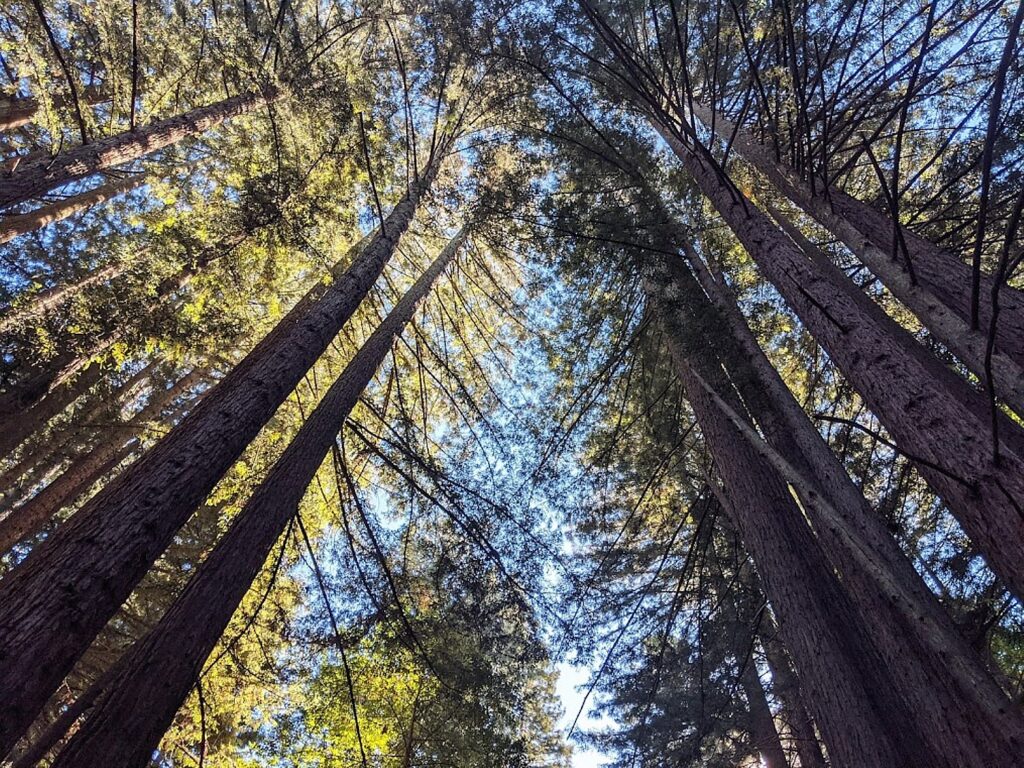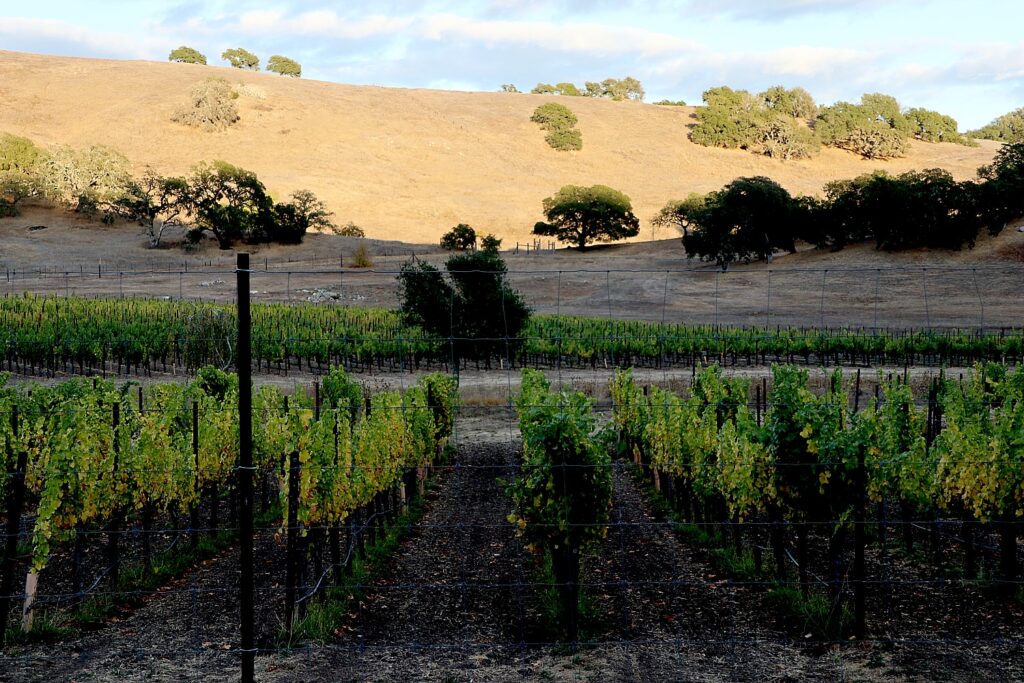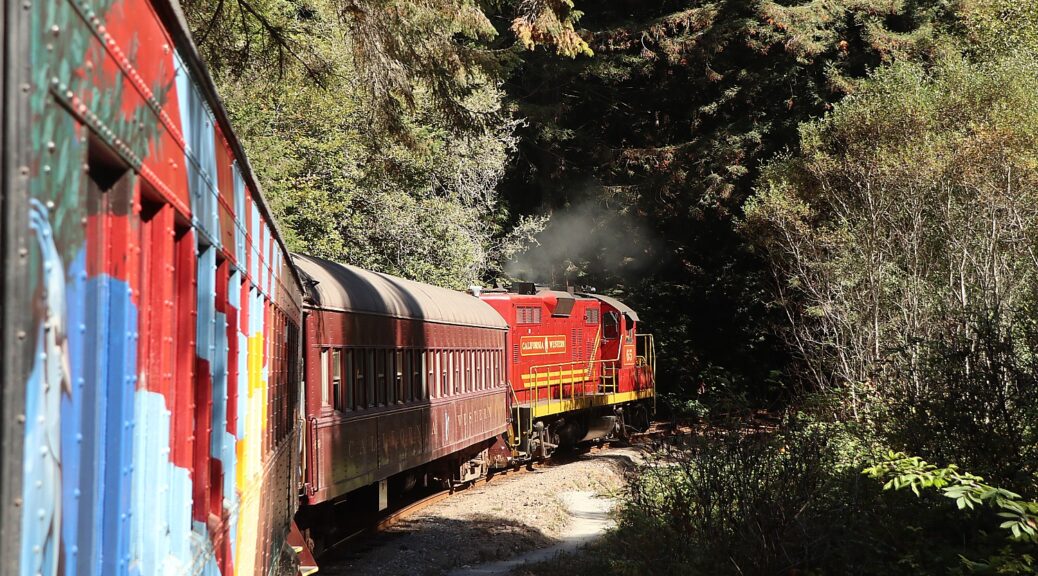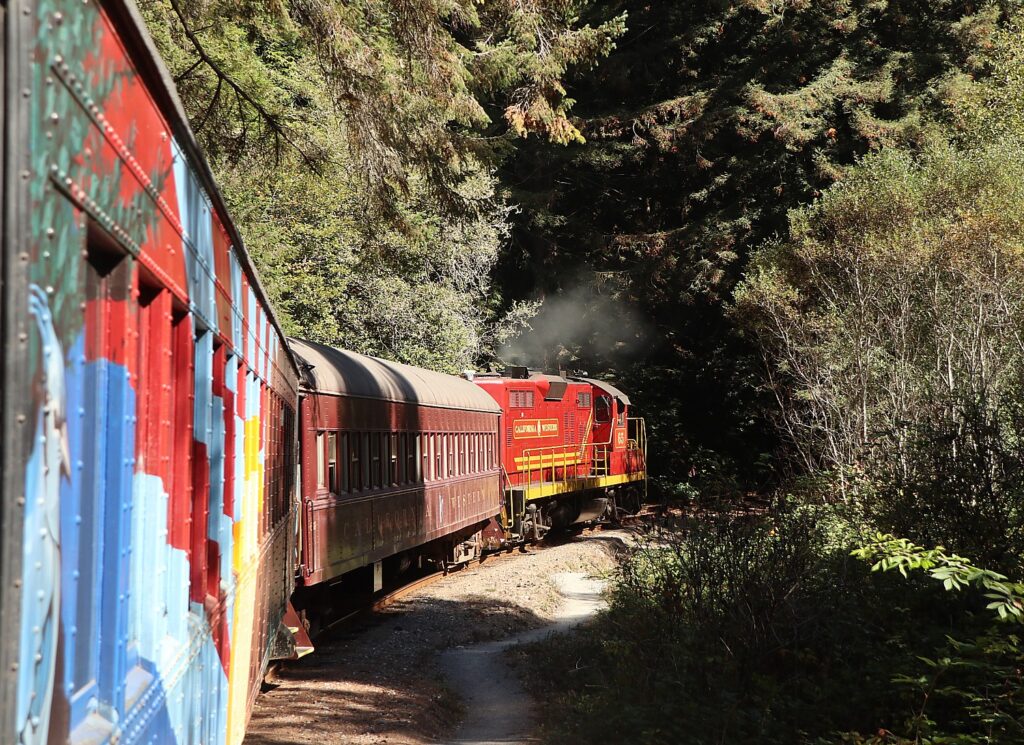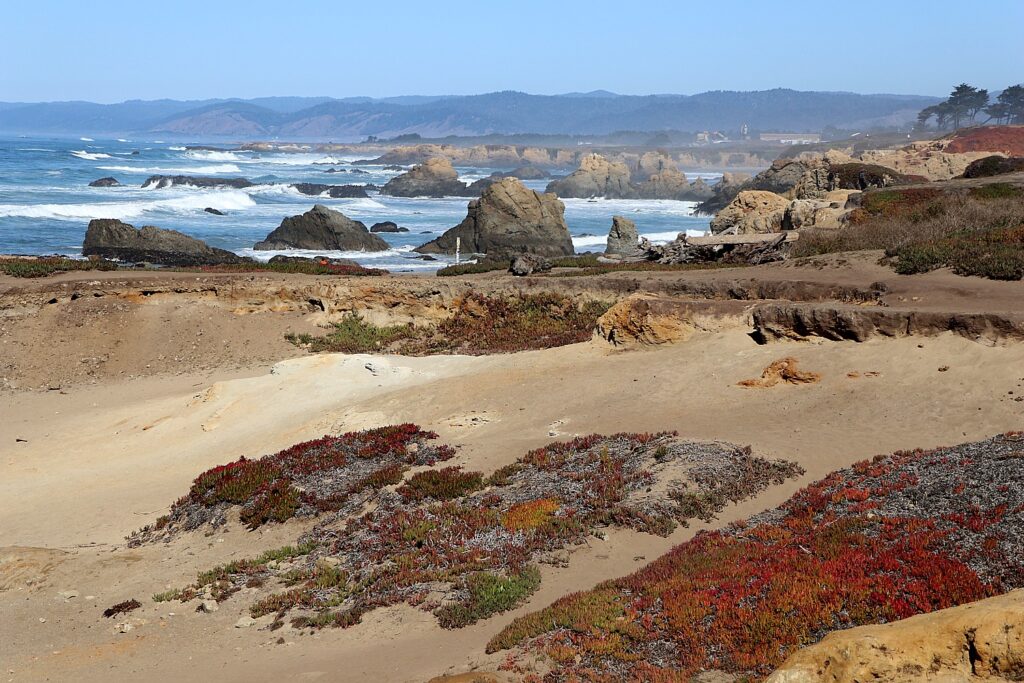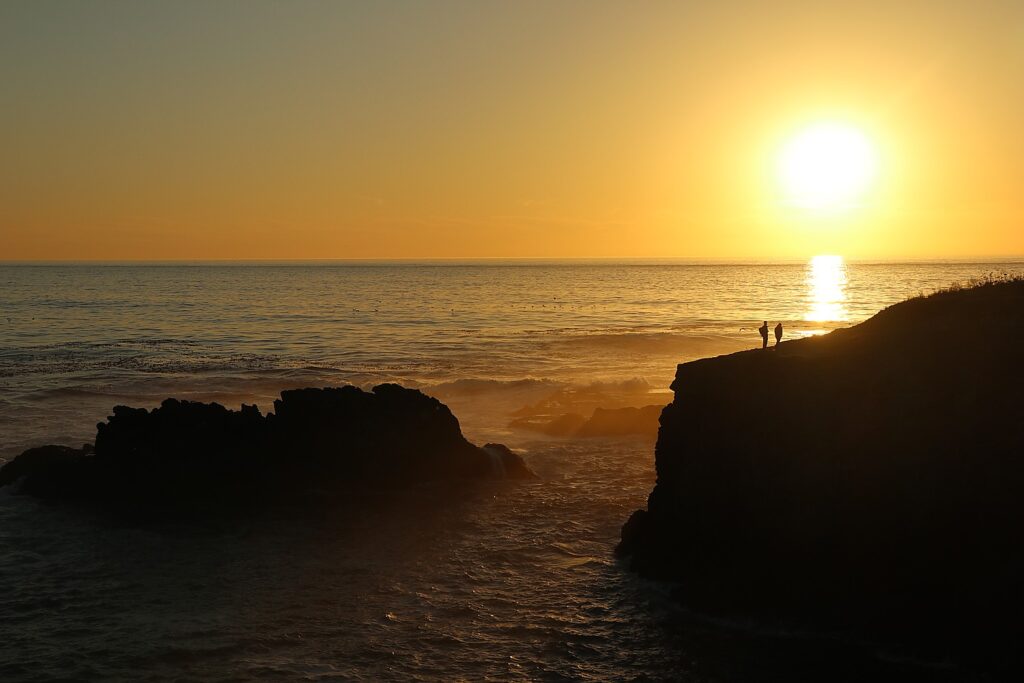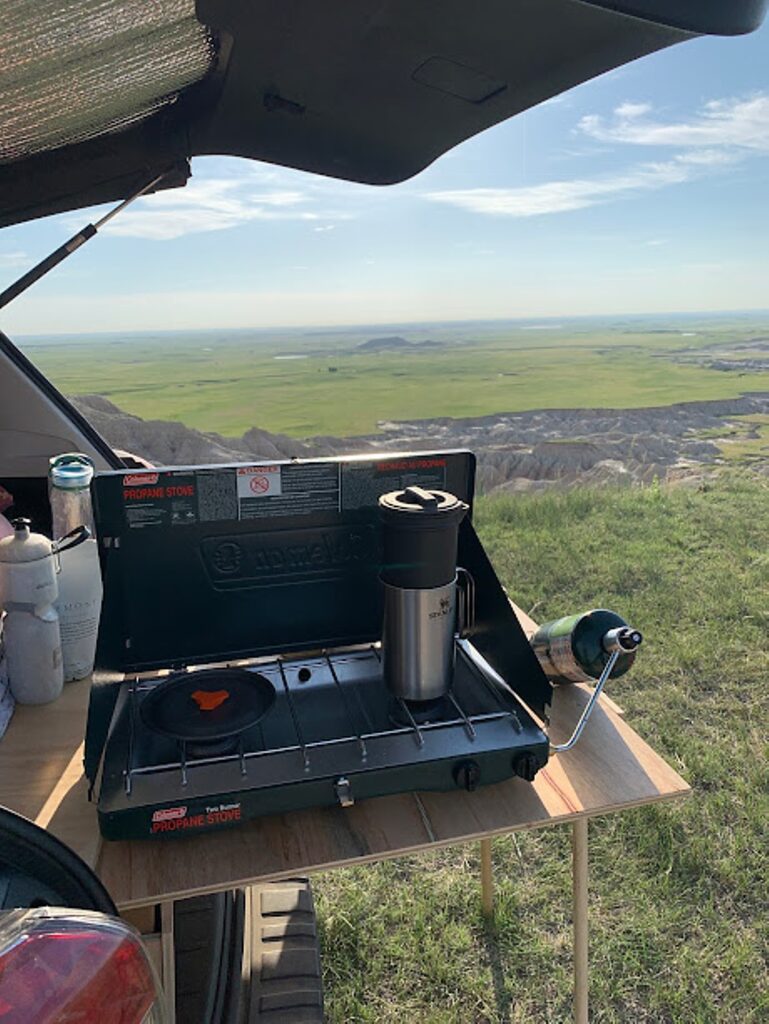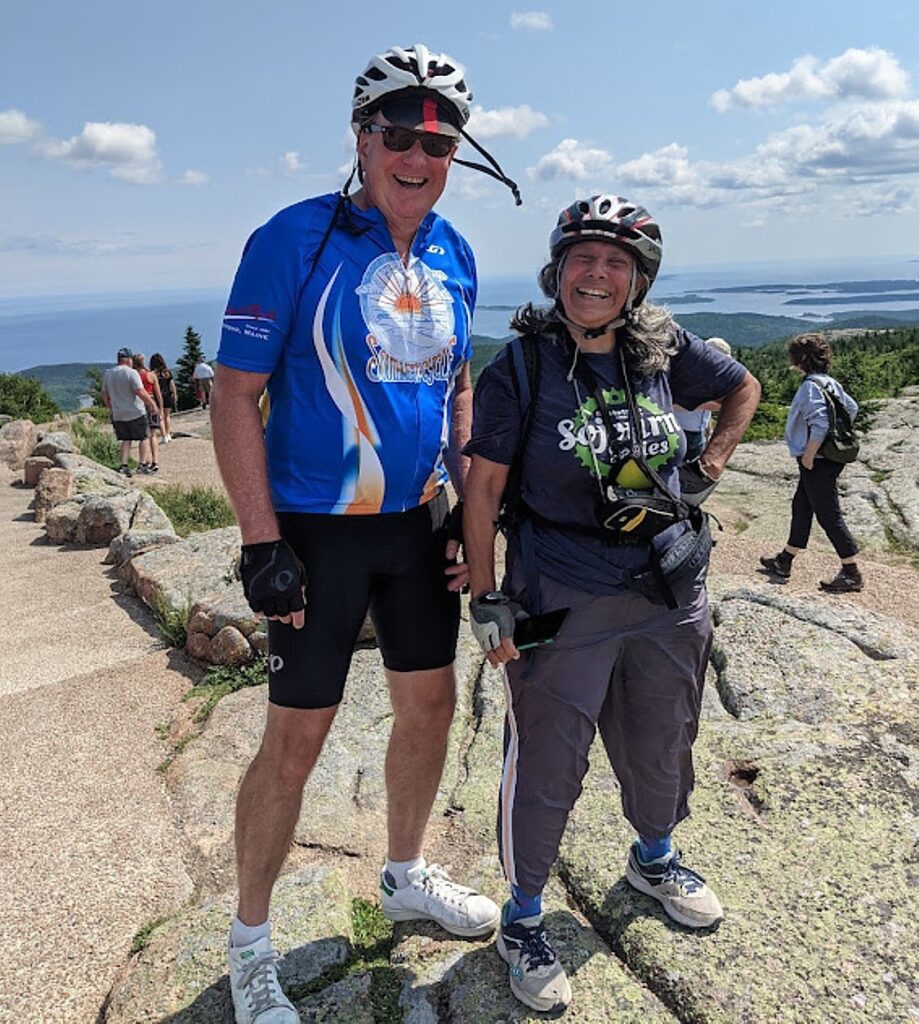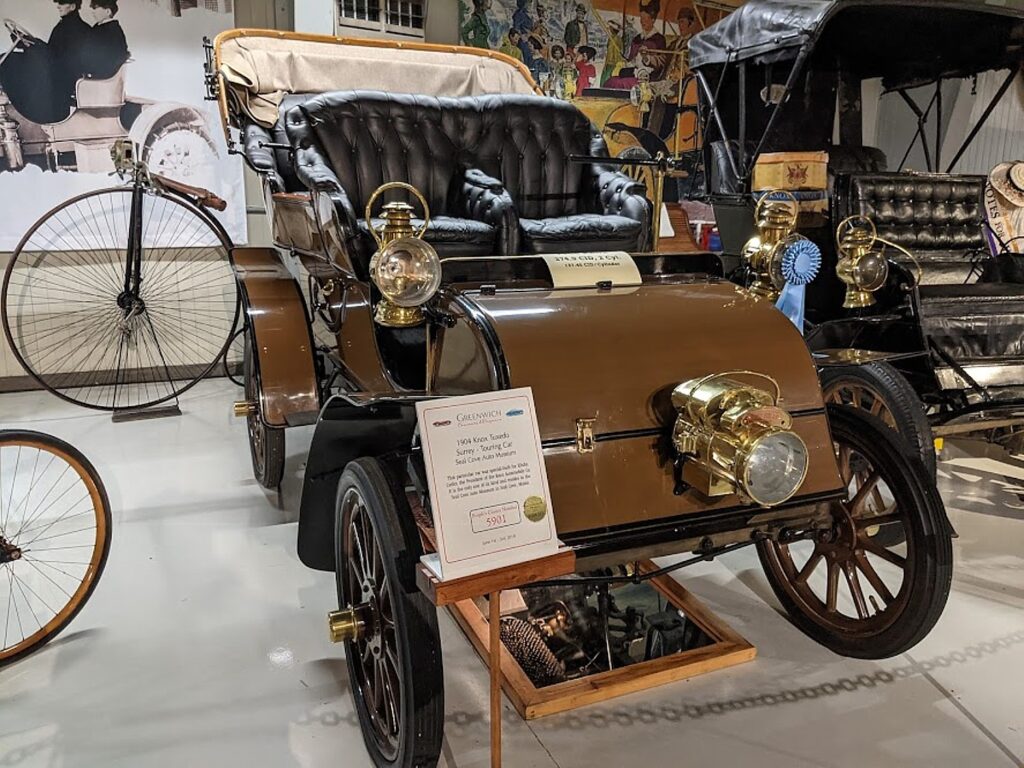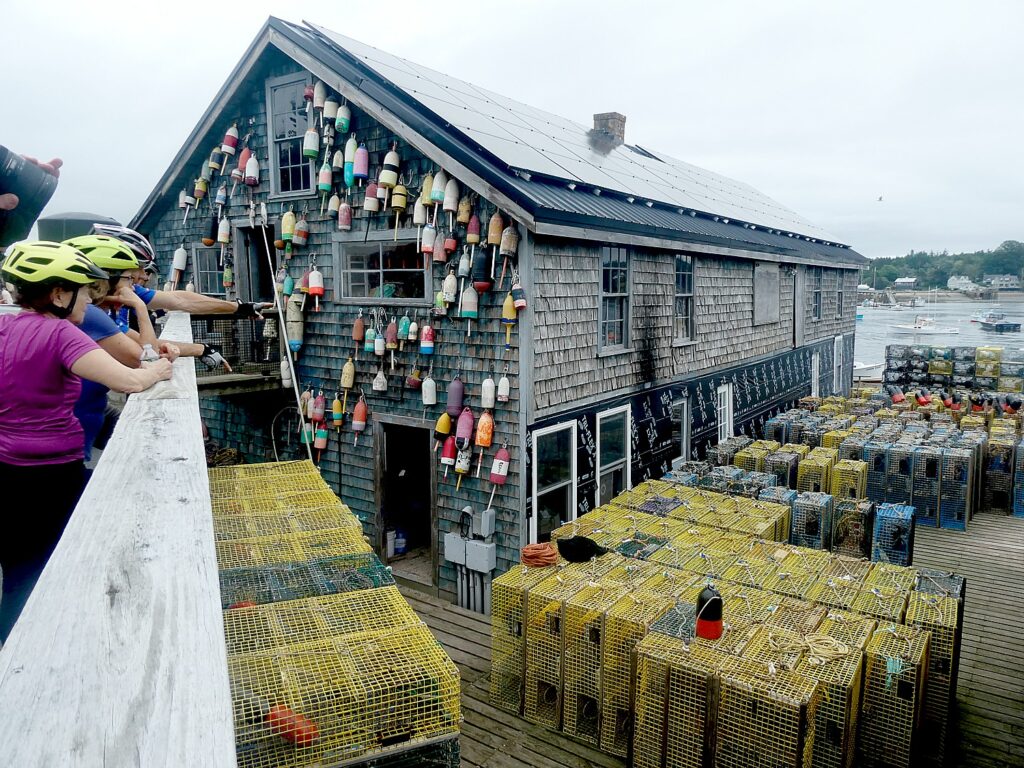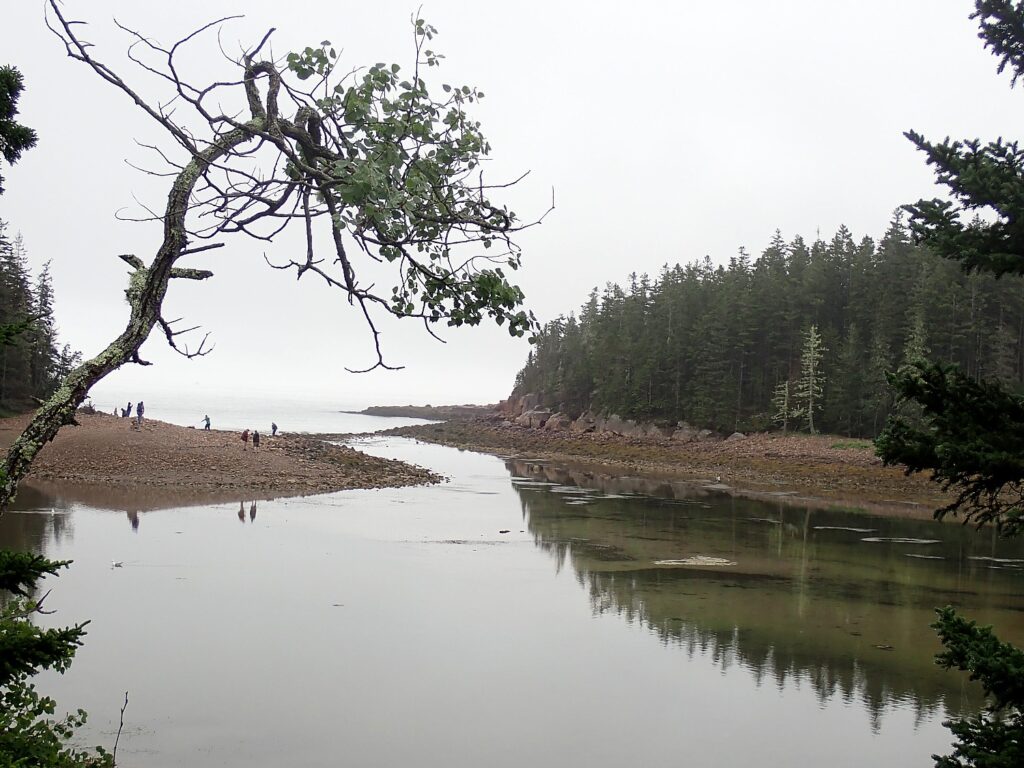
By Karen Rubin, Travel Features Syndicate, goingplacesfarandnear.com
The Olympic spirit is everywhere in Lake Placid. You can almost hear the fanfare playing. It is infectious, and fun – and what is even better, you get to participate, to see and experience it for yourself.
While so many other Olympic venues shut down after the event, Lake Placid, which hosted one of the first winter Olympics, in 1932, and then again in 1980, the facilities have not just been upgraded, enhanced and once again entice World Cup and international sports events. Lake Placid is very much a four-season destination, an outdoors paradise where you can actually experience the same Olympic venues, attractions and activities year-round, along with the athletes who live and train here, and the world-class athletes who compete here.
It offers an ideal mix of activities to appeal to the most athletic and active, to those who prefer to spectate rather than participate – perfect for our three-generation family – skiers and nonskiers and infant.
The best way to experience Lake Placid, we discover, is with the Olympics Legacy Sites Passport, which provides access to the four Olympic venues and experiences – so even if you don’t ski, you can take the Cloudsplitter Gondola up to the summit of Little Whiteface to enjoy the spectacular view of the Adirondacks high peaks; go to the top of the highest ski jumping tower at the Olympic Jumping Complex to see what the ski jumpers see (terrifying); tour Mt. Van Hoevenberg where the sliding sports (bobsled, skeleton and luge), Nordic skiing, and Biathalon are held; and tour the Olympic Center, where you visit the museum that houses one of the best collections of Olympics memorabilia in the world, as well as the skating arenas. (The passport includes one admission to the four venues plus 10% off shopping and dining at all the Legacy Sites, https://olympicjumpingcomplex.com/legacysitespassport/)
But if you haven’t visited Lake Placid in the last few years, you wouldn’t know about any of these experiences. So much has changed. So much is new. So much is so special.
The New York State Olympic Regional Development Authority (ORDA, now more familiarly known as the Olympic Authority), which owns and manages the facilities here in Lake Placid (as well as Gore Mountain and Belleayre ski areas), since 2018 has not only upgraded and massively improved the facilities in order to continue to host major international competitions (providing opportunities to watch the competition, training and even meet athletes), but has added attractions and activities so that we can experience much the same thrill and excitement as the athletes, year round. We even get to see their sport through their eyes.
New SkyRide, Zipline at Olympic Jumping Complex
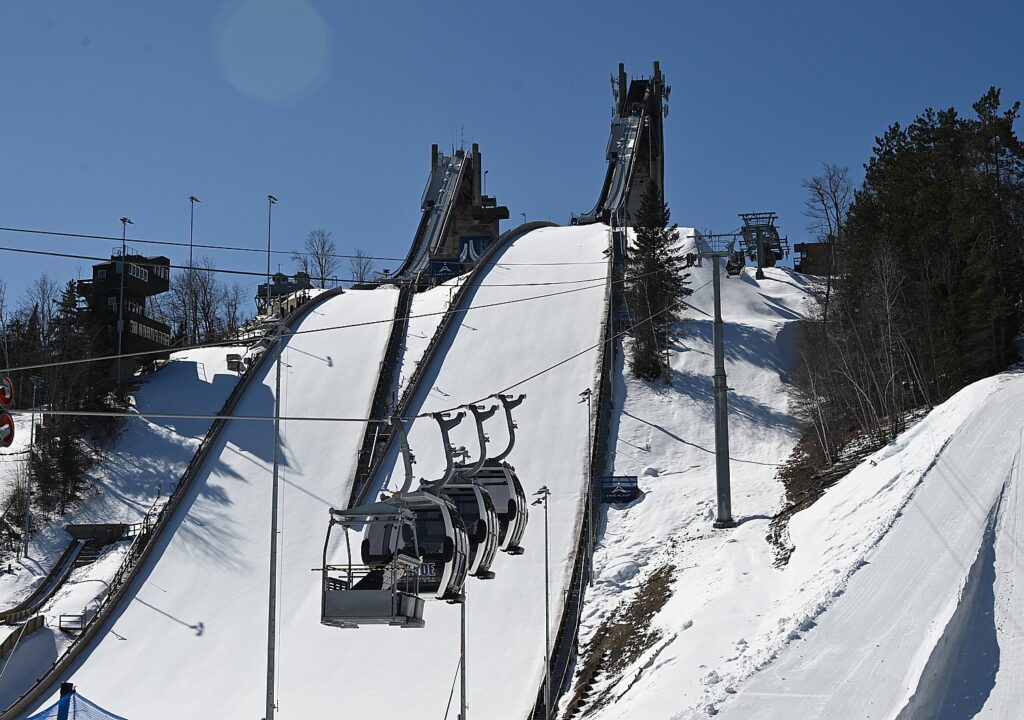
At the Olympic Jumping Complex, we ride a new, scenic Skyride Gondola to the base of the towers (athletes used to have to take a chairlift), then walk a short distance to the glass-windowed elevator that takes us up to the top of the highest ski jump tower for the view that the jumpers get (terrifying), and the setting amid the High Peaks Region (open daily but subject to weather conditions).

Today, this facility is the only sanctioned ski jumping facility in North America for winter and summer competition and training. For warm-weather practices, there is a kind of plastic grass that is sprayed with water, that apparently athletes like even better because it is more consistent than snow.
That is a really good thing because climate change will make Lake Placid one of only four premier winter facilities that will be able to host a winter Olympics by 2050, my ORDA guide, Jaime Collins, tells us.
The World Cup will be held here again in February 2025.

Here at the Olympic Jumping Complex, you can also ride the new Sky Flyer Zipline adjacent to the ski jumps – and if the ski jumpers are practicing, you can seemingly fly alongside. ($20 off ticket price with the Legacy Passport).
New Coaster Ride, Bobsled Experience at Mt Van Hoevenberg
At Mt Van Hoevenberg, home to the three sliding sports – bobsled, skeleton and luge – the Legacy Passport provides a tour that starts in the newly built Mountain Pass Lodge and the push track where you learn about elite athlete development, then taken by bus up the track for a guided walk inside the sliding track.

Be sure to take in the view from the start area which offers the only place where you can get a view of all the Olympic venues at once: the Ski Jump complex, Whiteface Mountain, the track and Nordic center, and the Olympic Center in downtown Lake Placid. (Open daily; check daily updates page for current conditions and trail offerings.The pass also provides 10% off at Mt Van Hoevenberg’s 81-18 Café, Mountain Pass Mercantile and Swix Store.)
As it happens, our visit coincides with preparations for the final International Bobsled & Skeleton Federation (IBSF) World Cup competition of the 2023-2024 season and we get to watch some of the two-man bobsled practice and meet some of the athletes.

We learn that this track – with 17 curves and a vertical drop of 365 feet – is considered one of the most difficult and has one of the most famous and challenging turns in the world. Turn 10 winds 180 degrees into a 20 foot-high wall that, if hit right, can slingshot the sled for a gain 6 mph. “The G forces are so severe, that they can only practice 4-5 times a day,” our ORDA guide, Jaime Collins tells us.
When the track isn’t being used for practice or competition, you can take the Bobsled Experience, where you are driven down the track with real bobsledders. You get to go through that famous Turn 10 but from Start 4, so it comes soon into the ride before you get going too fast, but you still reach speeds up to 50 mph on the lower half-mile of the track. (Be sure to reserve in advance; in summer, the bobsled uses wheels on concrete; $125/9+; $100/military, https://mtvanhoevenberg.com/todo/bobsled-experience/).
The track is set up so spectators get a real close-up view (pro tip: the best place is where the track is shaped as a heart).
Mt. Van Hoevenberg is also the Olympic Nordic ski area and we just miss watching practices for the Junior National Nordic races at the Nordic stadium on the side of the lodge.
But non-Olympians can do cross-country skiing here, as well as actually experience the Biathlon, an Olympic event which combines shooting and cross-country skiing.
In summer, Mt. Van Hoevenberg becomes a mountain biking center – you can rent bikes and take lessons.
In fact, Lake Placid was selected as the only U.S. venue to host the World Cup mountain bike competition, which will be held September 27 – 29.

Here at Mt Van Hoevenberg you not only get to see the Olympic bobsled track but you can ride alongside on the Cliffside Coaster, the longest coaster in North America, which opened in 2020. As you ride up to the top, you hear the Olympic history of the track but once at the peak, you are in the driver’s seat and control the speed, navigating sharp corners, cliffside banks and long winding stretches (open daily in season but weather dependent; make reservations in advance; 31 Van Hoevenberg Way, Lake Placid, NY 12946, https://mtvanhoevenberg.com/todo/cliffside-coaster/).
Skiers, NonSkiers Treated to View at Whiteface Mountain
At Whiteface Mountain, the Legacy Passport enables even nonskiers to experience the 15 minute ride on the scenic, eight-passenger Cloudsplitter Gondola from the Main Base Lodge to the top of Little Whiteface to enjoy the gorgeous view of the Adirondacks that the skiers get. (Open daily. The Legacy Passport gets you 10% off at these locations: 10% off at Whiteface: 4610’ Grille, Castle Gift Shop, Legends Café, and Brookside Apparel.)

Another activity included on the Legacy Sites Passport is to drive (or bike) the Veterans’ Memorial Highway that rises over 2,300 feet in five miles, with scenic stops along the way. An elevator or 15-minute hike takes you to the summit of New York’s fifth highest peak. (Open daily, but subject to daily weather conditions, visit Whiteface Conditions).
Immersive New Museum at Olympic Center
The Olympic Center, in downtown Lake Placid, is really special. The Legacy Passport gives you admission to the Lake Placid Olympic Museum, which has one of the world’s largest collections of Winter Olympic memorabilia, and brilliantly tells the story of Lake Placid’s role in the development of winter sports and the Olympics.

The state-of-the-art museum, which only has been opened two years, features interactive and engaging displays, 3D visualizations, experiential learning exhibits, marvelous videos, and interesting and intriguing artifacts. It is especially inspiring to see the names of local Olympians, some who are multi-generational.

The 3D and interactive displays are really superb. In one, you sit in a real bobsled and virtually speed down the actual bobsled track (thrilling); you can see exactly what the ski jumper sees flying off the jump.
The climax is sitting in a screening room to watch a 12-minute video of the highlights of the 1980 “Miracle on Ice” when the USA hockey team beat the Soviet Union. (Each year, there is a1980 Miracle on Ice fantasy camp – where participants get to play with the actual members of the team.)
In the museum, you get to really immerse into the personal stories of the Olympians, especially those with connections to Lake Placid.

You learn that it wasn’t just good fortune why Lake Placid hosted one of the first winter Olympics, in 1932. Lake Placid really began America’s love affair with winter sports.
The first “modern” Olympics was held in 1896, and by the early 1900s, a Norwegian man known as “Jack Rabbit” introduced alpine and Nordic skiing to the Lake Placid area. The Lake Placid Club was formed by the strongest advocates of winter sports.
The high jumping venue, originally known as Intervales, hosted the first international ski jump competition here in 1921, drawing 3000 spectators – more than the local population.
The first winter Olympics was held in 1924, and the first gold medal was actually awarded to Charles Jewtraw, a speed skater, from Lake Placid .
The first gold medal won at the Lake Placid games was won by Lake Placid local, Jack Shea for speed skating (he won two gold in 1932,and was instrumental in the games returning to Lake Placid in 1980). His son, Jim Shea was a 1964 Olympian cross country skier, and his grandson, Jim Shea, Jr., was the men’s skeleton champion aat Salt lake City in 2002 (Jack Shea was killed by a drunk driver just two weeks before).

You get to tour the famous ice arena, named for Herb Brooks, and the 1932 skating rink (really tiny seating area), and even go down to the locker room.
These historic skating rinks are open to the public for skating year-round, and we see some adorable kids starting their long journey to gold (open Tuesday – Saturday).

(The Olympic Center is open daily. The pass also provides 10% off at Olympic Center Roamers Café and Miracle Moments Store.)
Just across from the center is the Olympic speed skating oval, where Eric Heyden made history in 1980 for winning all five speed skating events. (He only agreed to one commercial endorsement, for Crest Toothpaste, to finance medical school and became an orthopedic surgeon.). In season, you, too, can skate on the Olympic oval well into the night (weather permitting.)
The Olympic Legacy Passport is $69/adult, $59 ages 19+, military and seniors and can be purchased at any of the venues (, https://lakeplacidlegacysites.com/legacysitespassport/). Lake Placid Legacy Sites, 518-523-1655, https://lakeplacidlegacysites.com/
Ski Whiteface

It’s March – spring skiing – and David, Laini and Karen get the ultimate Olympic experience of skiing Whiteface Mountain – even if you are stuck on the green and blue trails. David and Laini, though, were able to tour much of the mountain, tackling the advanced trails, and loved the long runs and sweeping mountain views. With the spring melt already underway, the alpine creek rushed beneath our chairlift rides and the Ausable River at the base had a Galway-esque feel. The lookout atop the Cloudsplitter Gondola was a gorgeous rest stop for us skiers as well as Laini’s non-skiing parents, who were able to enjoy the view and then easily take the gondola down. We discovered the beautiful mid-mountain lodge on our last run – a great lunch spot with high vaulted ceilings and huge pictures windows.

March, when we visit, is often one of snowiest and most spectacular months for outdoor winter recreation, but this year, snow was lacking and it also was the warmest since 1905, so we aren’t able to do several of the winter activities, like riding the toboggan chute onto Mirror Lake, cross-country skiing, skating on the Olympic oval, and snowshoeing the Mt Van Hoevenberg East Trail (a hiking trail in summer).
In summer, Whiteface Mountain offers disk golf, hiking, the scenic gondola, and plans to resume mountain biking.
Food & Lodging
After our visit to the Olympic Center, we stroll Lake Placid’s charming main street and enjoy the shops, cafes, bistros.

We stop for lunch at The Cottage at Mirror Lake Inn, (17 Mirror Lake Dr.) enjoying the meal in one of the actual ski gondolas overlooking Mirror Lake with spectacular views out to the Great Range of the Adirondack High Peaks (17 Mirror Lake Dr., 518-302-3045, mirrorlakeinn.com/dining/the-cottage)
Each night of our stay in Lake Placid, we had a marvelous cocktail/dining experience (so many to choose from and return to Lake Placid for):
Big Slide Brewery, where you eat beside the giant barrels of the brewery in a comfortable dining room and semi-open kitchen. Not your typical pub grub, its menu has pizaazz – snacks like marcona almonds in hop oil and thyme, Cake Placid pretzel nuggets with beer cheese, and tater tot poutine; sandwiches like a shaved steak sandwich with thinly-sliced ribeye, Sugarhouse Creamery Dutch Knuckle cheese, sautéed onions and Mushrooms and Horseradish Aioli; Tomahawk Pork Chop or chicken fried chicken over smoked ham grits; and pizzas cooked in a 700 degree brick oven. Tomahawk Pork Chop or chicken fried chicken over smoked ham grits (5686 Cascade Road, just over a mile from downtown, bigslidebrewery.com, 518) 523-7844.

Smoke Signals, also overlooking Mirror Lake (a gorgeous dining room and there is a patio overlooking the lake for outside dining), offering classic BBQ with some innovative twists, (2489 Main St., 518-523-2271, www.smokesignalsq.com).
We loved our culinary experience at Cafe Rustica, a quaint, old-fashioned (traditional) Italian restaurant (even the music was a throw-back) serving fabulous Northern Italian cuisine, like the Ravioli Carbonara (fresh wild mushroom ravioli, black pepper, organic egg, pancetta, baby peas, parmesan); Cavatelli Bolognese (rustica Bolognese sauce, cavatelli pasta, parmesan, rosemary oil); chicken Mediterraneo (kalamata olive, heart of plan, tomato, lemon, whitewine, capers, pepperoncini, linguini) (1936 Saranac Ave, Lake Placid, NY 12946, 518-523-7511, www.rusticalp.com)
East Wind Lake Placid Hotel
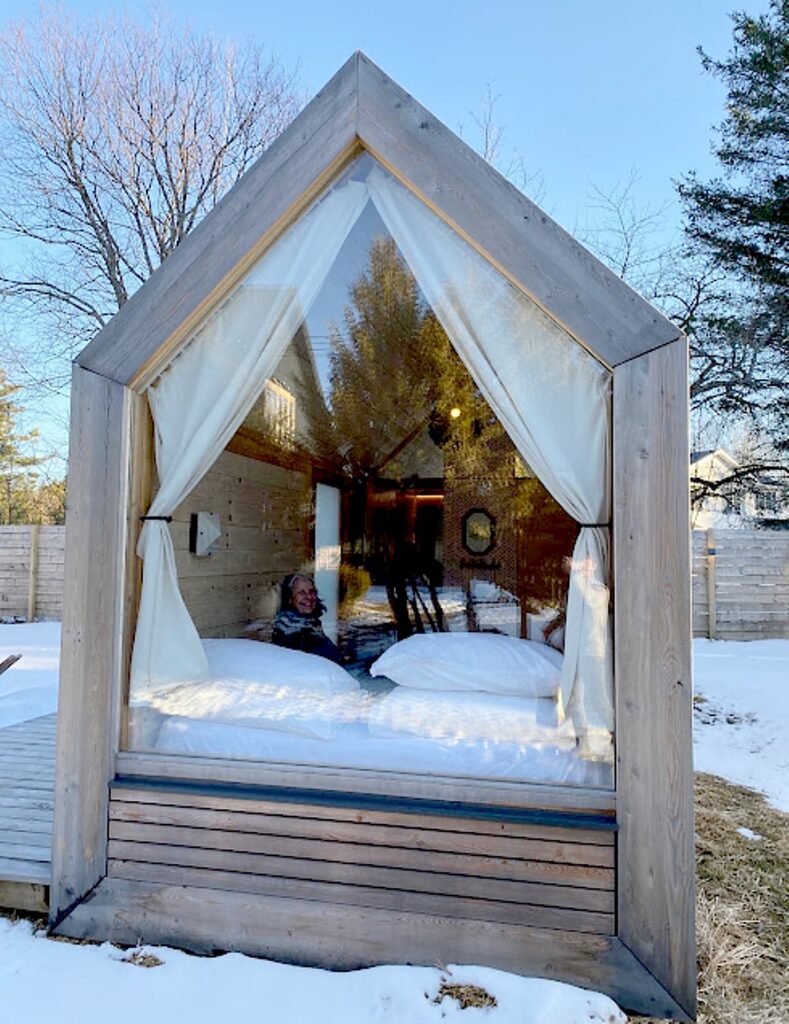
The East Wind Lake Placid Hotel, just a short distance off of Main Street, Lake Placid, proved perfect for our multi-generational getaway – like a small community of lodges and lushnas for a total of 29 units, each homey with dashes of luxury and high-style. My lushna (like a tiny house) was just the width of the (extremely comfortable) queen bed, and had all the comforts of home – refrigerator, coffee maker, bathroom, remote-controlled A/C. David and Laini and baby were comfortable in a spacious room in the house; grandparents Diane and Barry in the lodge.

There are gathering areas – fire pits ringed with Adirondack chairs, a gorgeous reception room (open 24 hours, where coffee, tea and fruit are laid out, you can order breakfast, and there are cocktails and drinks at the bar); a lovely library/salon in one of the buildings (great for taking a conference call).

Eastwind Lake Placid, 6048 Sentinel Road, Lake Placid,518-837-1882, https://www.eastwindhotels.com/lake-placid-overview.
For a luxury, resort-style experience: the historic Mirror Lake Inn Resort & Spa (77 Mirror Lake Dr, Lake Placid, NY 12946, 518-523-2544, mirrorlakeinn.com; and High Peaks Resort (2384 Saranac Avenue, Lake Placid, NY 12946, 800-755-5598, highpeaksresort.com).
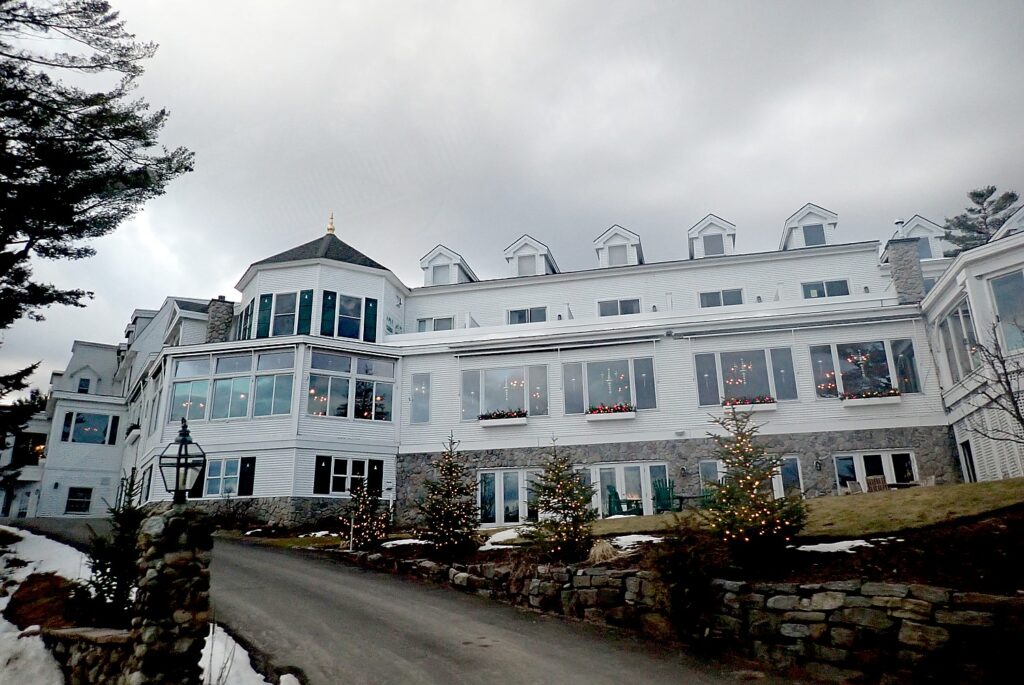
High Falls Gorge
Definitely make time to visit High Falls Gorge, a 22-acre nature park, just a short drive beyond the entrance to Whiteface ski area. It is a 30-minute walk – about a mile – hugging the rockface, where you can go out onto overlooks and bridges and be very close to the series of cascading waterfalls formed by the Ausable River as it drops 115 feet. There is also a trail accessible for strollers or wheelchairs.

Some of the oldest rocks in the world are here – you can touch an Anorthosite boulder 1.5 billion years old (Anorthosite, the base rock for the Adirondacks, is the same rock found on the moon). In season, High Falls Gorge also offers rock climbing, tubing and white water rafting, as well as trails through the forest. (4761 NYS Route 86, Wilmington, NY 12997 518-946-2278, https://highfallsgorge.com/)
More travel planning information:
Lake Placid 800-44PLACID, www.lakeplacid.com
Whiteface Mountain Region Visitors Bureau, 518-523-1655, whitefaceregion.com
Visit Adirondacks.com, https://visitadirondacks.com/regions/lake-placid
_______________________
© 2024 Travel Features Syndicate, a division of Workstyles, Inc. All rights reserved. Visit goingplacesfarandnear.com and travelwritersmagazine.com/TravelFeaturesSyndicate/. Blogging at goingplacesnearandfar.wordpress.com and moralcompasstravel.info. Visit instagram.com/going_places_far_and_near and instagram.com/bigbackpacktraveler/ Send comments or questions to [email protected]. Tweet @TravelFeatures. ‘Like’ us at facebook.com/NewsPhotoFeatures
